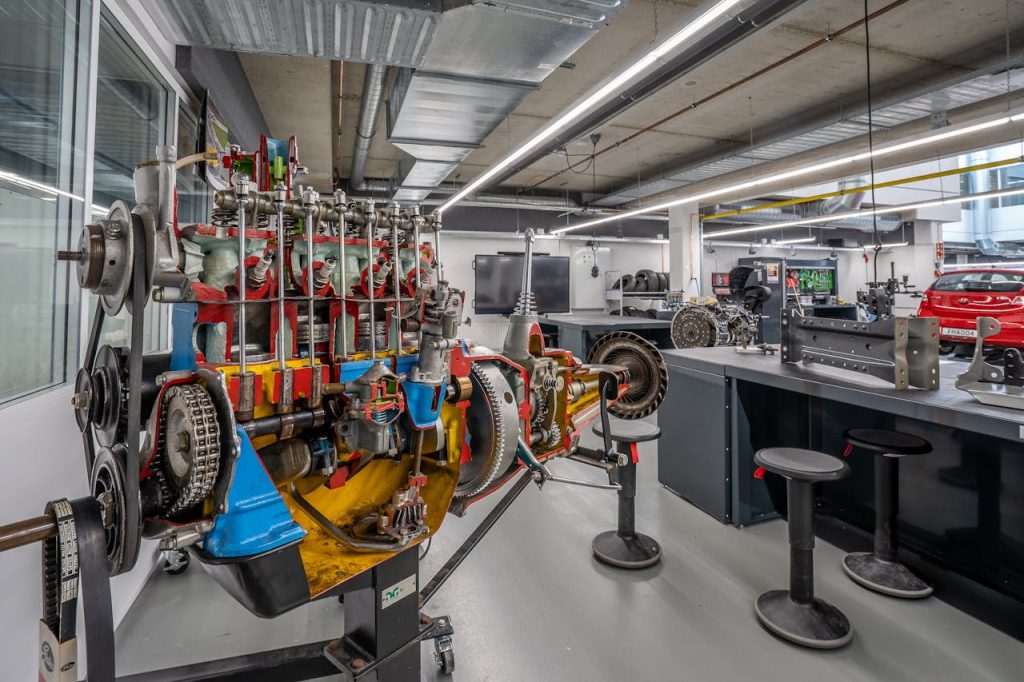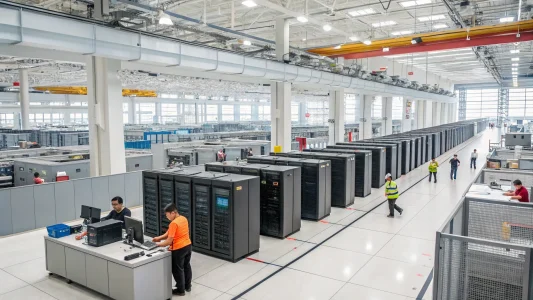As it withdraws from EV production after federal subsidies ended and some emissions regulations were repealed, General Motors is firing thousands of UAW-represented workers at factories that produce EV batteries and electric vehicles.
Beginning in January, GM intends to fire over 3,300 hourly employees from its U.S. plants in Tennessee, Ohio, and Michigan. The company anticipates calling back more than 1,500 employees in mid-2026, but it will lay off more than 1,700 workers indefinitely. According to the automaker, it will start idling the battery plants in Ohio and Tennessee that it co-owns with LG Energy Solution on January 5 and start up again in the middle of 2026.
General Motors lays off 3,300 factory workers in U.S. plants
Additionally, GM plans to lay off roughly 1,200 of the 3,400 employees at its EV assembly plant in Detroit for an indefinite period of time. Until Nov. 24, the Detroit plant, which typically operates two shifts, is idle. It will continue manufacturing GM’s larger and more costly EVs, the Cadillac Escalade IQ, GMC Hummer, GMC Sierra, and Chevrolet Silverado, on a one-shift basis starting next year.
There are other automakers reducing their EV plans besides GM. Ford is moving employees from its electric F-150 Lightning manufacturing facility to a nearby facility that produces the more well-liked and lucrative gasoline-powered model. Honda suspended orders for GM’s electric Acura ZDX, and Nissan decided not to offer its Ariya EV as a 2026 model. “In response to slower near-term EV adoption and an evolving regulatory environment, General Motors is realigning EV capacity,” the company said.
EVs are still GM’s “North Star,” according to CEO Mary Barra, despite the company’s short-term output reduction. With roughly a dozen models, the company has one of the widest EV lineups in the industry. In the past, it has recognized that increasing EV sales is a crucial component of its profitability strategy.
However, GM has recently taken a backseat in an effort to limit losses. In the third quarter, the company recorded a $1.6 billion special charge for its EV pullback, which included stranded expenses like tooling for a Michigan factory that was initially planned for EV production but is now used for gasoline-powered trucks and SUVs. As part of its decision to stop producing its electric BrightDrop commercial vans in Canada, GM will face additional charges.
Featured Image Credit: Mike van Schoonderwalt; Pexels: Thank You!














